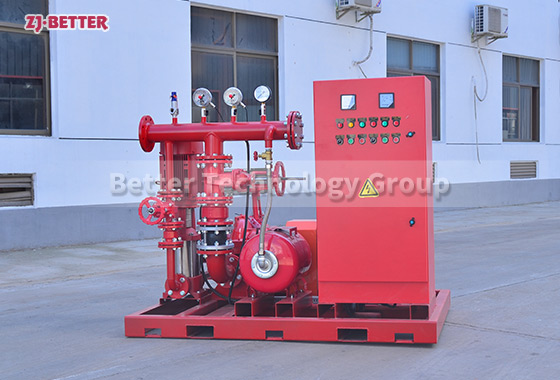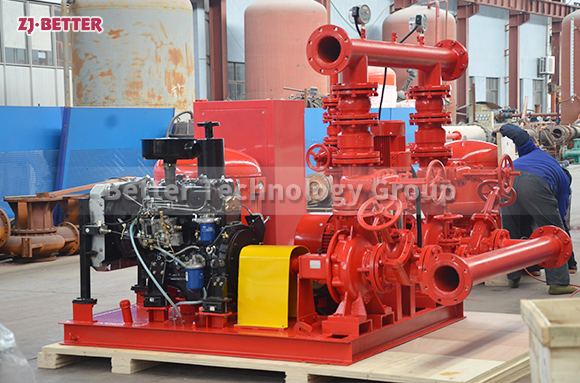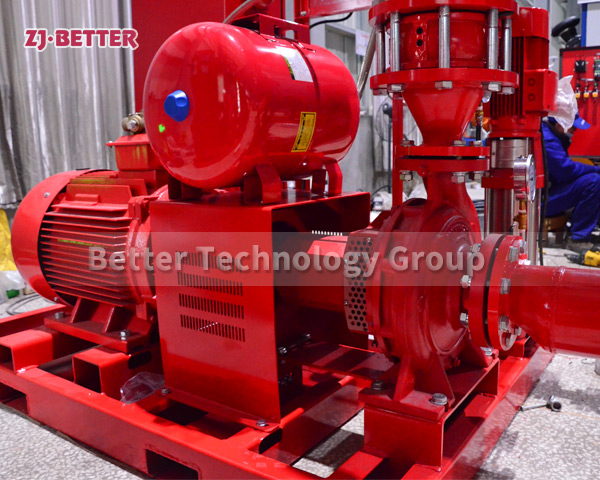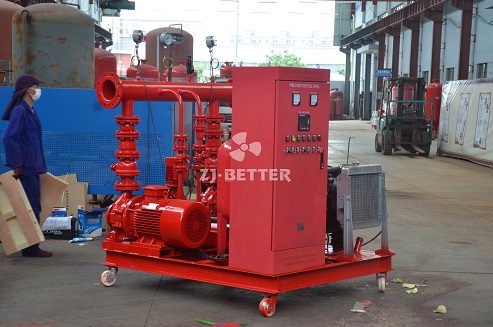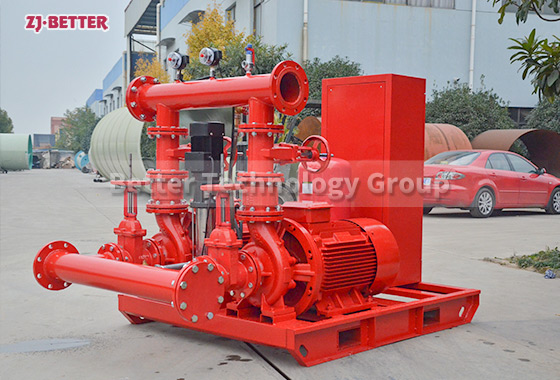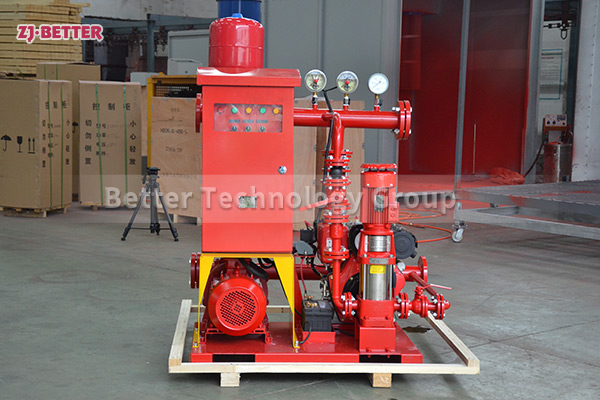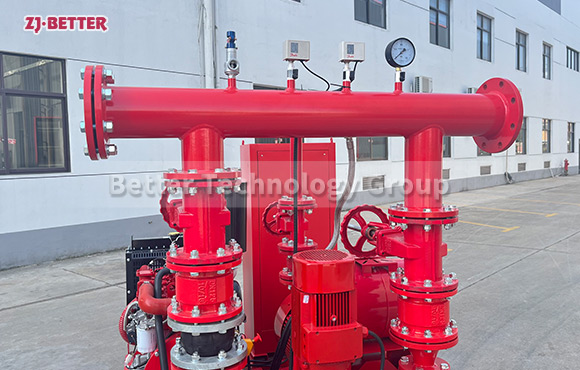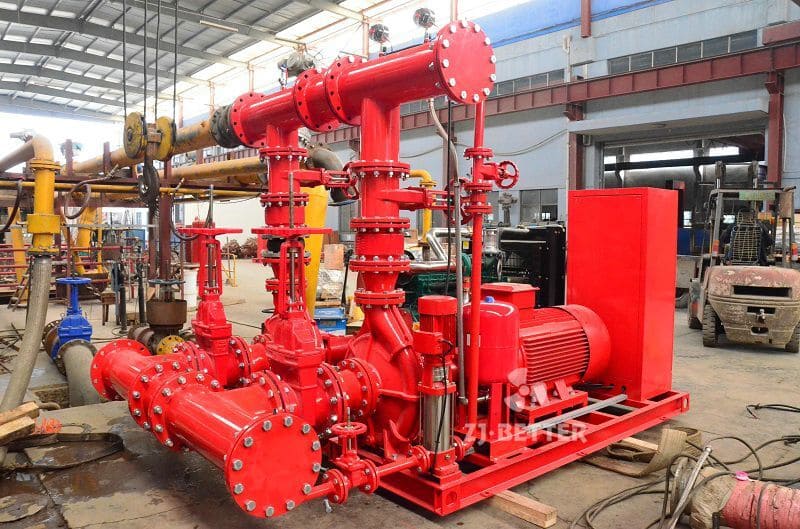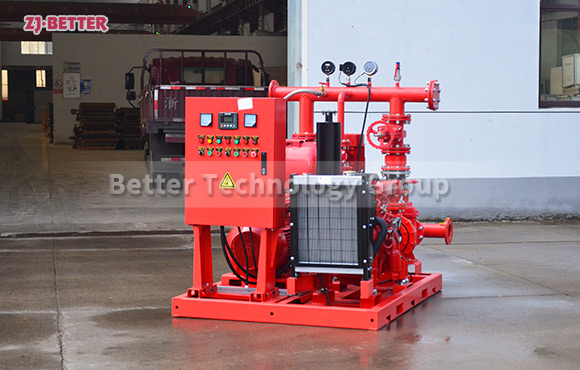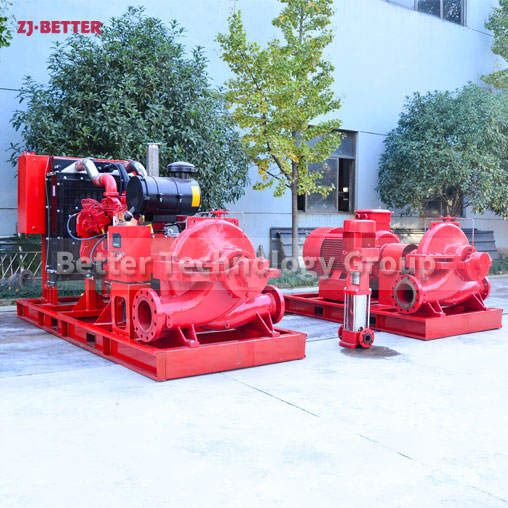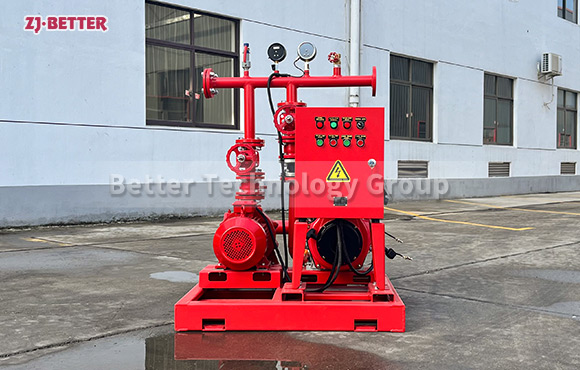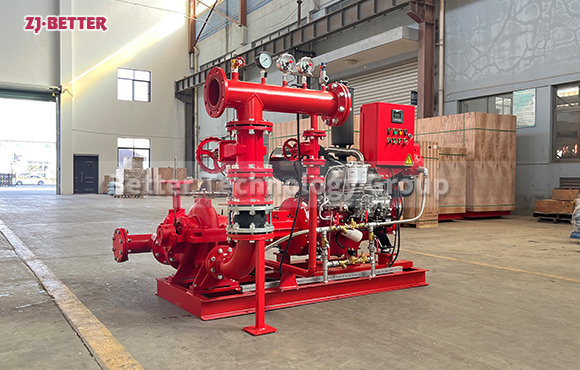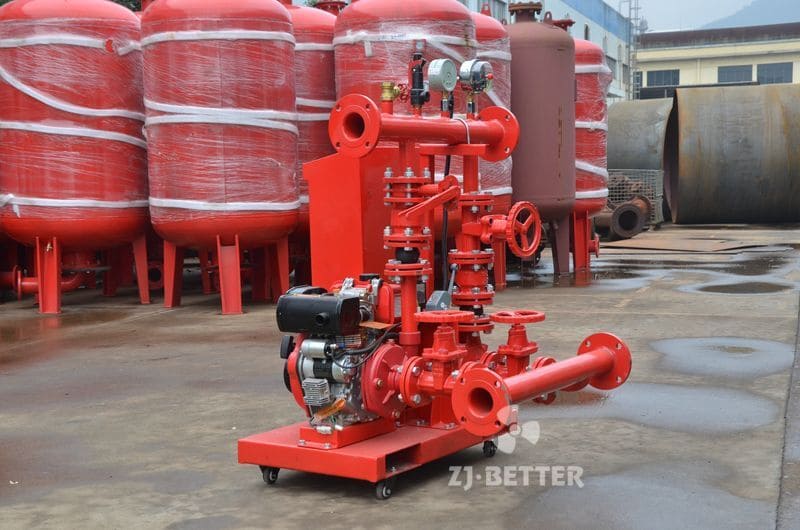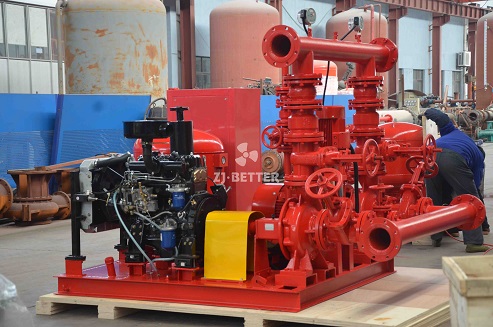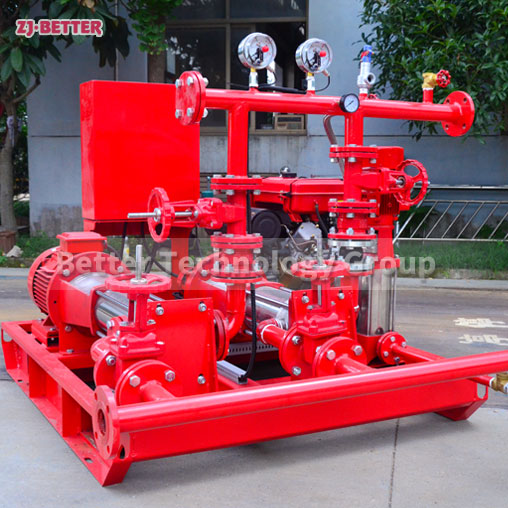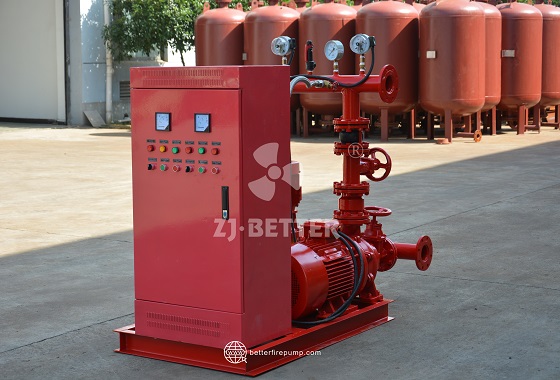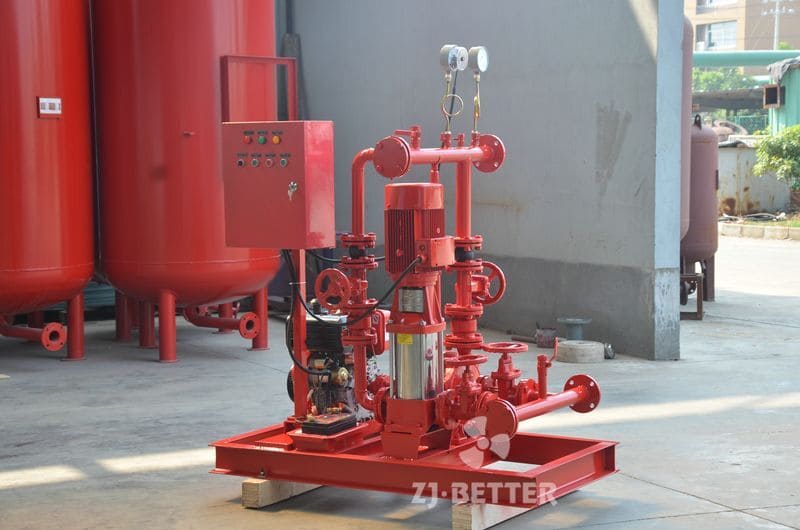Rating and Performance of Fire Pumps
Fire pumps are rated based on their capacity and pressure performance. The two key ratings are:
Gallons Per Minute (GPM): This rating indicates the pump’s flow capacity and how much water it can deliver per minute. It is essential to ensure that the fire pump can meet the specific flow requirements of the fire protection system.
Pressure (PSI): The pressure rating specifies the force with which the pump can deliver water. Sufficient pressure is critical for effectively propelling water through the fire sprinklers and hoses.
Understanding these ratings is vital when selecting a fire pump for a facility, as it ensures that the pump can meet the specific needs of the fire protection system.
Fire pumps are rated based on their capacity and pressure performance. The two key ratings are:
- Gallons Per Minute (GPM): This rating indicates the pump’s flow capacity and how much water it can deliver per minute. It is essential to ensure that the fire pump can meet the specific flow requirements of the fire protection system.
- Pressure (PSI): The pressure rating specifies the force with which the pump can deliver water. Sufficient pressure is critical for effectively propelling water through the fire sprinklers and hoses.
Understanding these ratings is vital when selecting a fire pump for a facility, as it ensures that the pump can meet the specific needs of the fire protection system.

